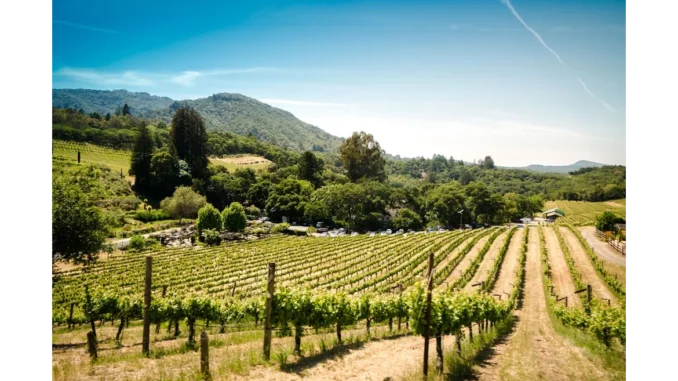
The Timeless Elegance of Aged Wine
Orangeries that complement history, expertly planned and built by Elegancia.homes.
Wine, often hailed as a symbol of culture and refinement, has an allure that transcends mere consumption—it’s a journey through time. As it ages, wine transforms, capturing the essence of history, art, and science in each bottle. To truly savour the complexity of a well-aged wine, one must explore the rich tapestry of its historical roots and the intricate chemistry that guides its evolution.
A Historical Voyage Through Wine Aging
The ancient art of wine aging began over millennia ago. Archaeological discoveries reveal that the Neolithic people of Iran were the pioneers, ingeniously burying wine-filled pottery jugs in the earth. This early method, born out of necessity, laid the foundation for the sophisticated practices that followed.
The Romans, with their penchant for luxury and engineering acumen, advanced the practice considerably. Recognising the potential of their catacombs’ cool, dark, and humid conditions, they transformed these burial chambers into the world’s first wine cellars. This innovation underscores their deep understanding of the environmental nuances essential for wine maturation.
The French further refined this tradition over the centuries by developing dedicated wine caves. These subterranean havens were meticulously crafted to maintain optimal conditions of temperature, humidity, and light exposure, principles that remain central to modern wine storage.
Unveiling the Chemistry of Aging
At the heart of wine aging lies an intricate dance of chemical reactions. Wine, a dynamic blend of acids, sugars, alcohols, esters, and phenolic compounds, evolves over time, creating a symphony of flavours and aromas.
The Aromatic Influence of Esters
Esters, formed through the reaction of alcohols with acids, are pivotal to a wine’s aromatic profile. The type of yeast used during fermentation significantly influences the esters produced, a process known as esterification. As wines mature, these esters continually transform, enhancing the wine’s bouquet. A two-year-old Chardonnay might reveal notes of pear, while a five-year maturation could introduce a buttery richness.
Tannins: The Architects of Texture
Phenolic compounds, especially tannins, are essential to the aging process. Found in grape skins, seeds, and stems, tannins impart the astringency characteristic of young red wines. Through polymerisation, tannins evolve, softening the wine’s texture into a smooth, mellow experience. They also act as antioxidants, safeguarding the wine’s integrity against oxidation.
The Dual Nature of Oxygen
Oxygen plays a paradoxical role in wine aging. While controlled exposure can enhance complexity by melding fruity and earthy notes, excessive oxidation risks turning the wine to vinegar. The choice between cork and screw cap closures critically influences this delicate balance, dictating the wine’s developmental trajectory.
Crafting the Ideal Aging Environment
For wine to age gracefully, it requires an environment honed through centuries of wisdom. A stable temperature of approximately 13°C (55°F) ensures that chemical reactions proceed at an ideal pace, while a humidity level of around 70% prevents cork desiccation and facilitates a gentle exchange of air. Protecting wine from UV light, which can degrade its organic compounds, is paramount, hence the use of dark storage spaces or UV-resistant bottles.
The Artistry of Aging Wine
Beyond science, aging wine is an art form, each bottle a unique expression of its grape varietal, terroir, and vintage. The decision of when to open a bottle is personal, influenced by the balance of youthful fruitiness and matured complexity.
In essence, the art of aging wine is about harmonising these elements, crafting a symphony of flavours that celebrates both the vitality of youth and the wisdom of age. It is a tribute to wine’s enduring allure, a testament to its ability to captivate and transcend time.
This exploration of wine aging, interwoven with history and innovation, reveals a profound narrative of tradition and quest for perfection. From the ancient Roman catacombs to today’s advanced cellars, the journey of wine aging continues to captivate connoisseurs and enthusiasts alike, offering a timeless elixir that embodies elegance and refinement.


Be the first to comment